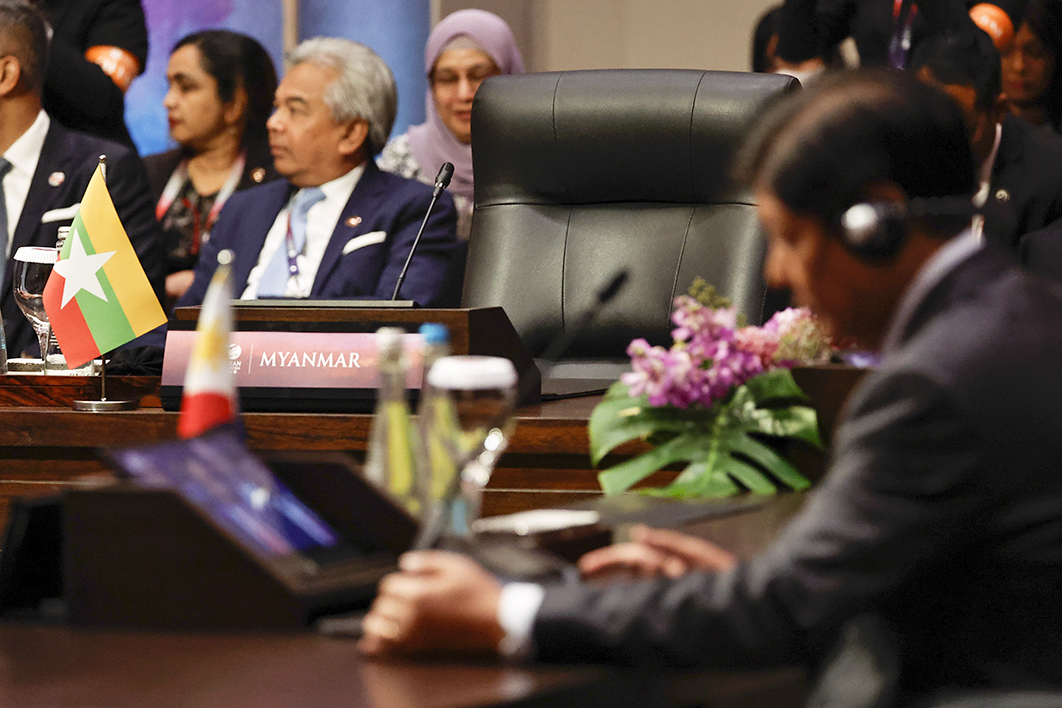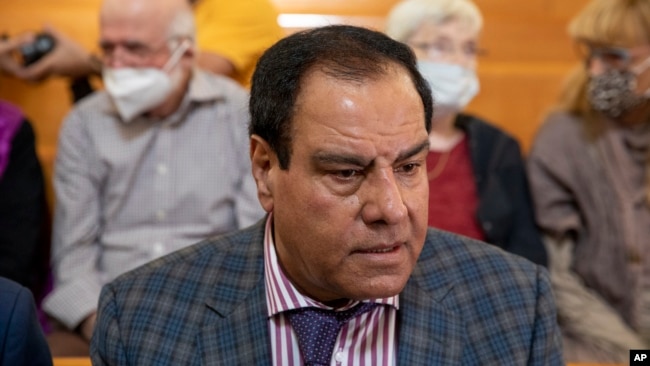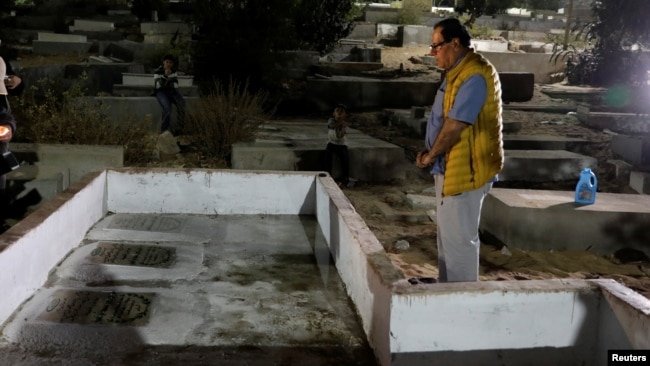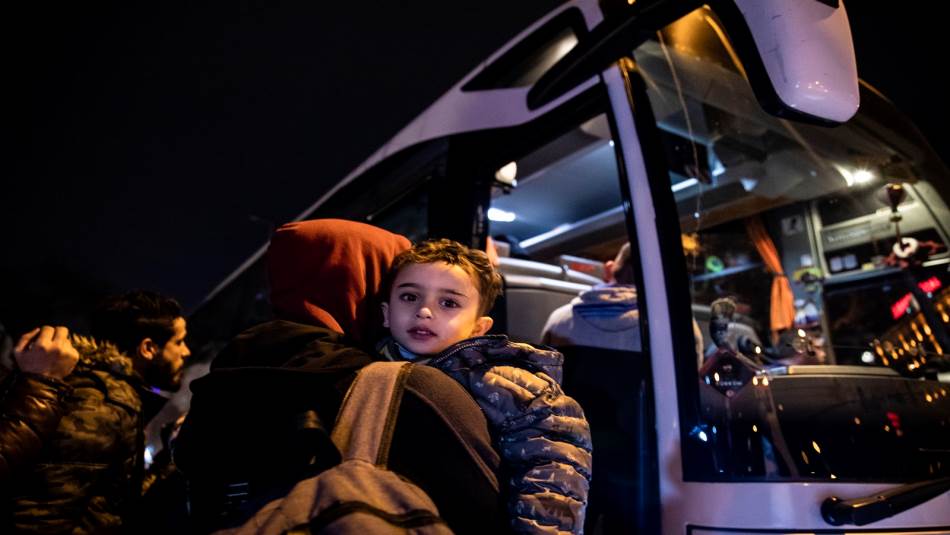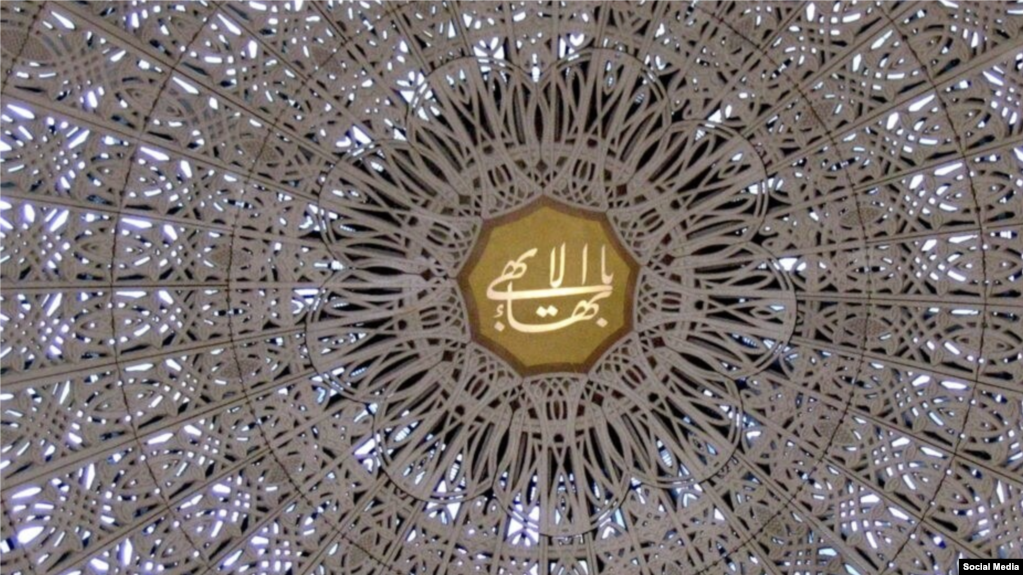Women and nonbinary Icelanders go on a 24-hour strike to protest the gender pay gap
Women and nonbinary people in Iceland, including the country's prime minister, went on strike Tuesday in protest of the country's gender pay gap.
Organizers of the strike encouraged women and nonbinary people to stop paid and unpaid work for a full day, including childcare, household chores and "other responsibilities related to the family or home."
Thousands of women gathered on Arnarhóll, a hill in the country's capital city of Reykjavík, and about a couple dozen other events were held around the country, such as in Drangsnes, Hvmmstangi and Raufarhöfn.
Women earn about 21% less than men, according to the organizers, and lower wages in Iceland are most distinct among immigrant women, women who work in sanitation and with children, disabled people and elderly people.
"International humanitarian law must be upheld, the suffering has to stop now and humanity must prevail," Iceland Prime Minister Katrín Jakobsdóttir said on X, formerly known as Twitter.
This is the seventh time since 1975 that Icelandic women have gone on strike, though Tuesday marks the first 24-hour strike since then. More than 90% of women went on strike in 1975, which paved the way for Vigdís Finnbogadóttir to serve as the world's first elected female president, according to the Icelandic Ministry for Foreign Affairs.
Other strikes happened in 1985, 2005, 2010, 2016 and 2018 to protest the gender pay gap and sexual violence and support the #MeToo movement.
"Their activism for equality has changed Icelandic society for the better and continues to do so today," Iceland President Guðni Jóhannesson said.
Eliza Reid, an author and Jóhannesson's wife, referenced the 1975 strike in the out-of-office message she posted Tuesday.
"Almost half a century later, equality is still far from being achieved, hence this reminder," she said. "I will therefore not be responding to emails today. You can expect to hear from me tomorrow when I am back at work."
The strike was organized by groups including the Icelandic Feminist Initiative, Women in Film and Tech and the Delta Kappa Gamma Society International.
Men are encouraged to fill in for women and nonbinary persons in their absence at work and at home.
"Those who can, must rely on fathers or other male relatives to take care of the child/children for that day," organizers said. "Not every child has a father and not all fathers are present, of course. Unless otherwise stated, children are welcome to the demonstrations [and] meetings, girls and boys."



